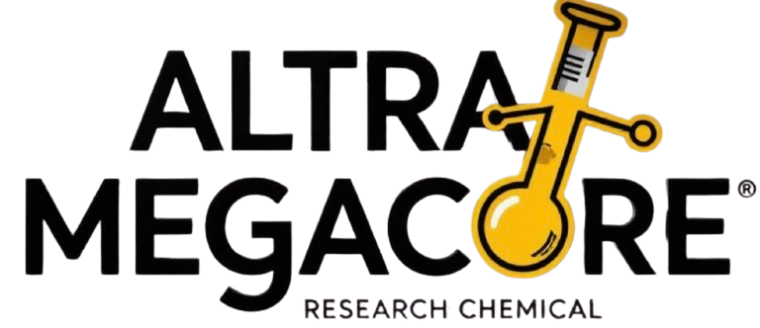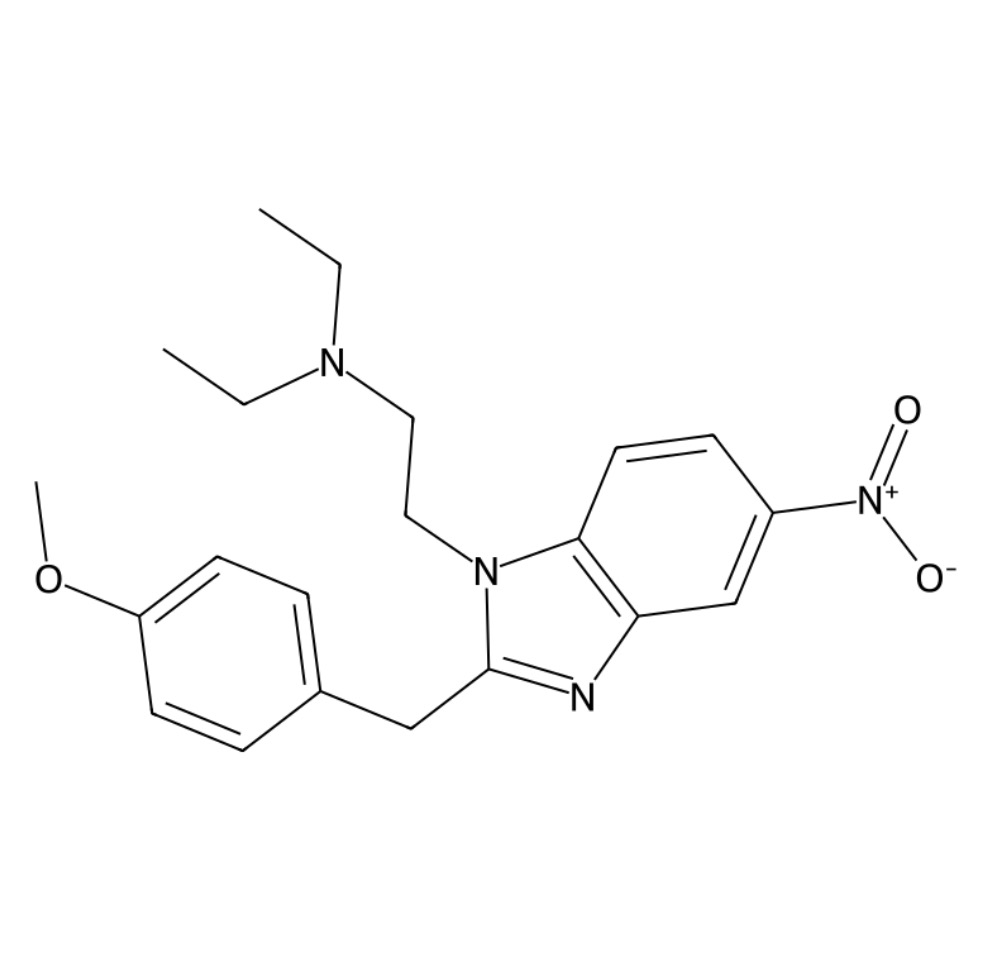Description
Protonitazene: A Powerful Synthetic Opioid You Need to Know About
What Is Protonitazene?
Protonitazene is a synthetic opioid belonging to the nitazene class of compounds, a group of highly potent benzimidazole opioids that have recently emerged in the illicit drug market. Originally developed in the mid-20th century as a potential pain reliever, Protonitazene was never approved for medical use. Instead, it has reappeared as a novel psychoactive substance (NPS) — often sold as a substitute for other opioids like fentanyl or oxycodone.
Chemical and Pharmacological Profile
Chemically, Protonitazene is closely related to etonitazene, isotonitazene, and metonitazene, all of which act as μ-opioid receptor agonists. This means that the drug binds strongly to the same receptors in the brain that control pain, reward, and respiratory function.
Studies suggest that Protonitazene may be many times more potent than morphine, increasing the risk of overdose even at microgram-level doses.
Key properties:
-
Drug class: Synthetic opioid
-
Chemical family: Benzimidazole nitazenes
-
Primary action: μ-opioid receptor agonist
-
Potency: Reportedly stronger than fentanyl in some analogs
Health Risks and Toxicity
Like other nitazene opioids, Protonitazene poses severe health risks, including:
-
Respiratory depression (slowed or stopped breathing)
-
Loss of consciousness
-
Cardiac arrest
-
High overdose potential
Because Protonitazene can be mixed into counterfeit pills or powders, users may ingest it unknowingly — dramatically increasing the chance of fatal overdose.
Naloxone (Narcan) may reverse the effects of Protonitazenes overdose, but due to the drug’s potency, multiple doses may be required.
Detection and Forensic Analysis
Identifying Protonitazene requires advanced analytical techniques such as:
-
Gas Chromatography–Mass Spectrometry (GC-MS)
-
Liquid Chromatography–Tandem Mass Spectrometry (LC-MS/MS)
-
High-Resolution Mass Spectrometry (HRMS)
These methods help forensic scientists distinguish Protonitazenes from similar nitazene analogs and detect its metabolites in biological samples.
Harm Reduction and Public Awareness
Because Protonitazene is extremely potent and often mislabeled, awareness is critical.
Harm reduction measures include:
-
Testing substances before use (using FTIR or mass spectrometry)
-
Avoiding unknown powders or pills
-
Keeping naloxone accessible
-
Educating communities about the dangers of synthetic opioids
Conclusion
Protonitazenes represents one of the latest and most dangerous entries in the growing list of synthetic opioids. Its potency, unpredictability, and presence in the illicit market make it a serious threat to public health. Understanding what Protonitazene is — and how it affects the body — is essential for prevention, harm reduction, and informed public safety efforts.








Reviews
There are no reviews yet.